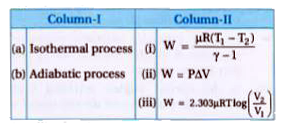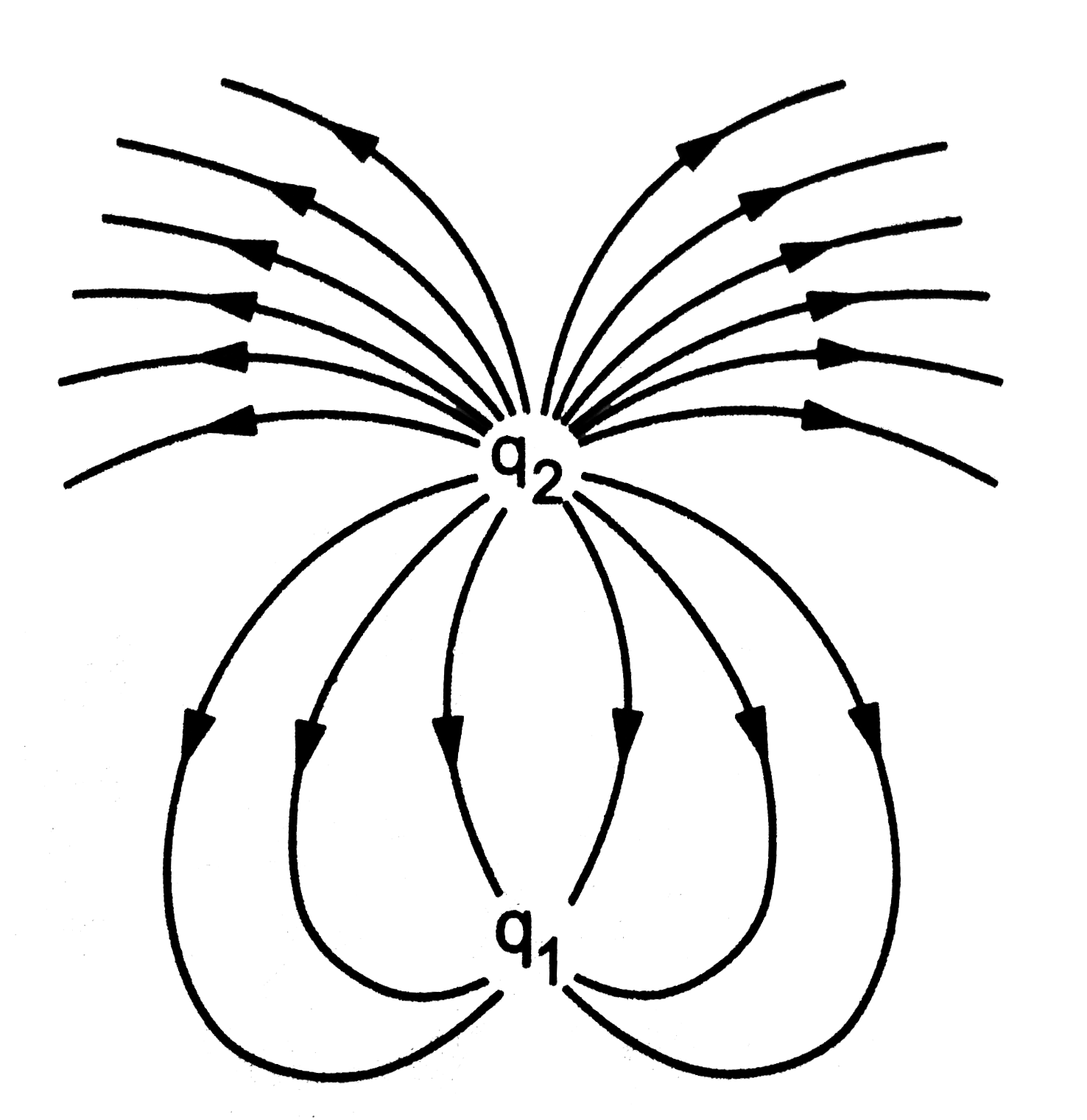Equation β=Q2Q1−Q2 is true or false ?Solution in Gujrati
True
Topper's Solved these Questions
- THERMODYANMICS Book:KUMAR PRAKASHANChapter:THERMODYANMICS Exercise:Section-C (Objective Questions (Fill in the blanks ) )
Explore 11 Videos
- THERMODYANMICS Book:KUMAR PRAKASHANChapter:THERMODYANMICS Exercise:Section-C (Objective Questions (Match))
Explore 4 Videos
- THERMODYANMICS Book:KUMAR PRAKASHANChapter:THERMODYANMICS Exercise:Section-C (Objective Questions (VSQs))
Explore 45 Videos
- THERMAL PROPERTIES OF MATTERBook:KUMAR PRAKASHANChapter:THERMAL PROPERTIES OF MATTERExercise:Question Paper (Section - D) (Answer following in brief :) Each carry 4 marks
Explore 1 Video
- UNITS AND MEASUREMENTBook:KUMAR PRAKASHANChapter:UNITS AND MEASUREMENTExercise:Section -F (Questions from Module )
Explore 20 Videos
Similar Questions
The change of internal energy in cyclic process is ____
View SolutionIn Column-I processes and in Column-II formulas of work are given. Match them appropriately :

View SolutionCan whole of heat be converted into work ?
View SolutionIn an experiment on the specific heat of a metal, a 0.20 kg block of the metal at 150∘C is dropped in a copper calorimeter (of water equivalent 0.025 kg) containing 150 cm3 of water at 27∘C. The final temperature is 40∘C. Compute the specific heat of the metal. If heat losses to the surroundings are not negligible, is your answer greater or smaller than the actual value for specific heat of the metal ?
View SolutionIf the error in measurement of radius of a shpere is 2% then the error in determination of volume of the sphere will be …………
View SolutionConsider the situation shown in (figure) what are the signs of q1 and q2 ? If the lines are drawn in proportion to the charge, what is the ratio q1q2 ?

View SolutionThe electric force on a charge q1 due to q2 is (4ˆi−3ˆj)N. What is the force on q2 due to q1?
View SolutionThe value of charge q_1 ,q_2 and q_3 as shown in the figure are
View SolutionC_2H_5Br + Q_1 to C_2H_5 + Br C_2H_5Br + Q_2 toC_2H_5^((+)) + Br^((-)) , then relation between Q_1 and Q_2 is
View SolutionTwo point charges q_1 and q_2 are fixed at a separation of 20 cm. Locate the point(s) on the line joining the charges where the net electric field intensity is zero. (i) q_1=+2muC and q_2=-4 muC (ii) q_1=+2muC and q_2=-2muC (iii) q_1=+2muC and q_2=+4muC
View SolutionIf q_1+q_2+q_3=0 , Then is the process insulated?
View SolutionWhat does q1+q2=0, signify in electrostatics?
View SolutionConsider the situation shown in (figure) what are the signs of q1 and q2 ? If the lines are drawn in proportion to the charge, what is the ratio q1q2 ?

View SolutionA charge q_1 exerts some force on a second charge q_2 . If third charge q_3 is brought near charge q_1 , the force of q_1 exerted on q_2
View SolutionThe electric force on a charge q1 due to q2 is (4ˆi−3ˆj)N. What is the force on q2 due to q1
View Solution